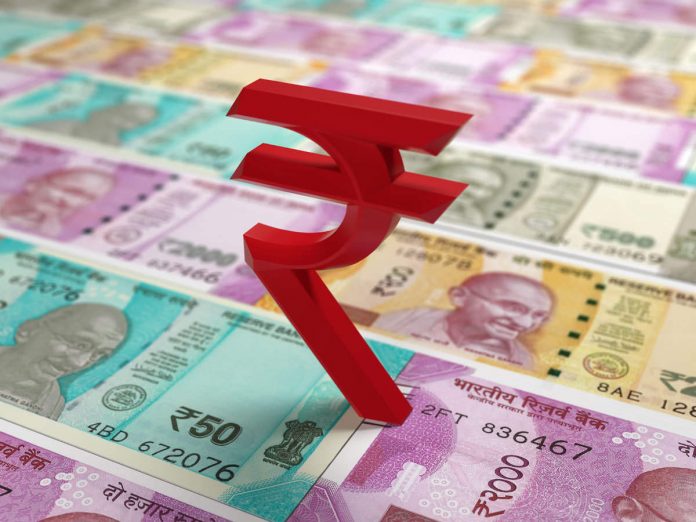The RBI recognizes that an appreciated rupee helps to offset imported inflation has confused many on the market. The statement was seen as strange, particularly since the exchange rate has so far been held firm by the RBI, absorbing dollars to avoid appreciation of the rupee. The central bank also refrains from explicitly making direct exchange-rate announcements.
Some economists say that the central bank is worried about the liquidity spillage in the banking system. Pranjul Bhandari, lead economist, HSBC Securities, and Capital Markets (India) Pvt, discusses the reason for this. “For the sake of funding and revitalizing the economy after an unforeseen shock, there is enough liquidity on the one hand. “Until the last four months, the liquidity surplus of the banking system has a large average of Rs.6.5 trillion on a regular basis. The over-recovery has been affected, but too much of it will raise macro imbalances such as inflation and wider trade deficits,” said Bhandari.
The recent statements and initiatives from RBI suggest a growing inconvenience to this excess liquidity when they are observed. Governor Shaktikanta Das initially stressed on many occasions that stock markets are separated from economic foundations. This shows he may be concerned about the rise in asset prices induced by liquidity. In order to pace the development of rupee liquidity the central bank has bought dollars in the forward market. Instead of buying government bonds, it has carried out liquidity-neutral sales twists. RBI, however, has been purchasing Rs.30,000 crore of long-term bonds and, at the same time, selling short-term bonds in the same quantity since April.
It revealed recently that it has acquired bonds with OMO worth just Rs.20,000 crore. Operation Twist enables the flattening of the return curve without adding liquidity.
As the Central Bank of India purchases foreign currency dollars, it sends rupees into banks. This will contribute to the current strong surplus liquidity. RBI also accumulates foreign currency reserves as it invests the dollars gained in financial assets on its balance sheet. A large number of forex assets are exposed to many threats, including loan and market risks, and there are a large number of costs.
A shift in tactical foreign-exchange strategy doesn’t fix the liquidity problem absolutely. Dollar currencies are also entering Indian stocks, a primary explanation for price assessments. The increase in the rupee could meanwhile lead to its own collection of problems such as an export hit and even mild losses at forex hedges.

